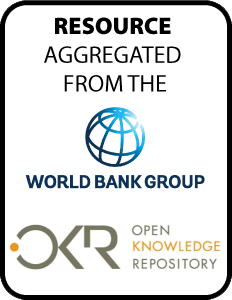Resource information
Revenue administration is a major point of contact between government and the people. Good revenue administration thus becomes an important feature of good governance. This fact has made policy makers increasingly mindful of the need to promote voluntary tax compliance by reducing the costs incurred by taxpayers to comply with their tax obligation. Promoting voluntary compliance is achieved through a set of measures that includes: (i) a self-assessment system, (ii) a well-designed compliance strategy based on risk management, (iii) good taxpayer services to help and educate taxpayers to meet their obligations, and (iv) simple and harmonized procedures for collection of different taxes and contributions. In the effort to harmonize procedures and minimize the need for citizens to respond to multiple agencies, many countries have integrated their revenue administrations, either by merging tax and customs administration, or by unifying collection of tax and social security contributions, or by both. Their experiences indicate that integrating collection also entails modernizing the revenue administration so that the contact between the tax office and the taxpayer is no longer physical but virtual, thanks to the extensive use of information and communication technology. The book focuses on how to plan and manage integration successfully and avoid the risks of failure. By examining four successful country cases in depth, and by reviewing selected themes in seven other country cases, the book has drawn attention to the need for a strong, visionary, and pragmatic leadership; a professional project team with strong skills and dedication; consensus building; and public support through effective communications.


